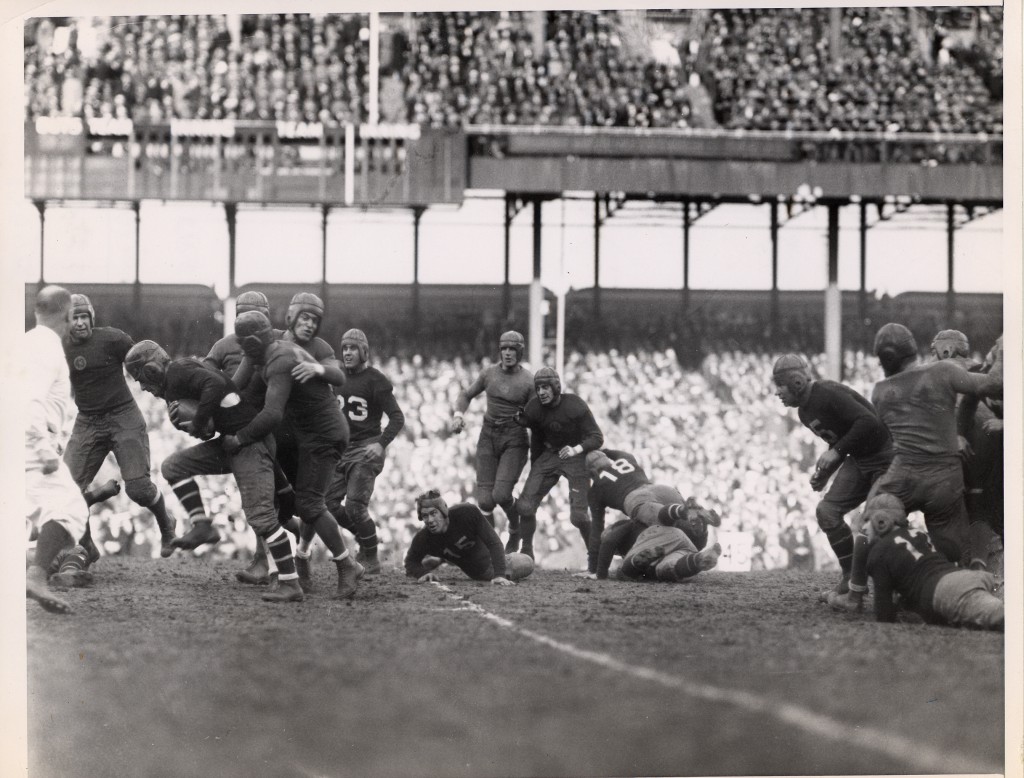
by Larry Schmitt | Feb 13, 2015 | Articles, New York Giants History
by Larry Schmitt with contributions from Rev. Mike Moran for BigBlueInteractive.com The 1930 season was the NFL’s eleventh in operation. Although the circuit had made many significant improvements in its structure, organization and operation, it still was subordinated...


